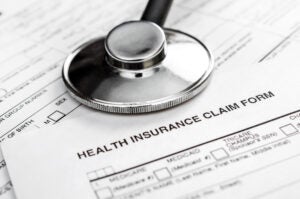State Options for Making Hospital Financial Assistance Programs More Accessible

According to recent estimates, almost 100 million people have debt because of medical or dental bills. To mitigate this problem, nineteen states and the District of Columbia require hospitals to provide financial assistance to low-income populations, but the process of applying for financial assistance is often cumbersome and inaccessible. In a recent post for the Commonwealth Fund’s To the Point blog, CHIR’s Maanasa Kona discusses how some states have made the financial assistance application process easier for their residents.






